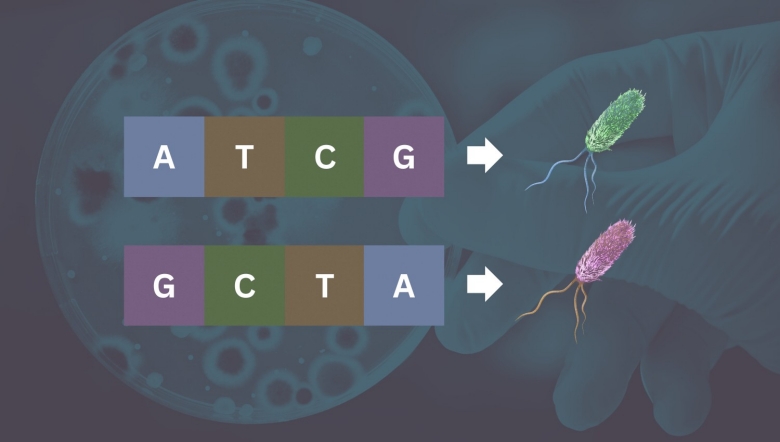It has been known since the 1920s that bacteria can flip small sections of their DNA to activate or deactivate genes, but somersaulting pieces have never been found within the confines of a single gene, and that ability can have profound impact, the way flipping the letters of "dog" and creating a sentence like "that is a god" changes the meaning drastically from that poodle being a dog. In-gene inversion can result in the activation of a gene, a halt in gene activity or a sequence that codes for the creation of a different protein when inverted.

Credit: Emily Moskal and Alexander Raths at stock.adobe.com provided by Stanford University.
The work was due to an algorithm, called PhaVa, that identified possible inversions within bacterial genomes. The software downloads thousands of genome sequence segments from various prokaryotes and scans for regions that look “flippable” — segments with inverted repeats, which have a redundant palindromic quality (for instance, ATTCC and CCTTA) — on other side of the potential inversion. The algorithm creates a catalog of what these sequences would look like if they flipped, and it makes comparisons between the made-up genomes and the true sequence. Then it counts the regions where both the flipped and unflipped sequences are present within an organism’s genome, with every match indicating a likely inversion.
The software identified thousands of inversions that exist in bacterial and other prokaryotic species, revealing for the first time that inversions occur within genes. That sparked the idea that not only do single-gene inversions occur, but that they may be relatively common.
One big question remains: What causes an inversion? The team suspects there are specific enzymes that mediate the flip, as well as certain environmental cues that drive the change.




Comments